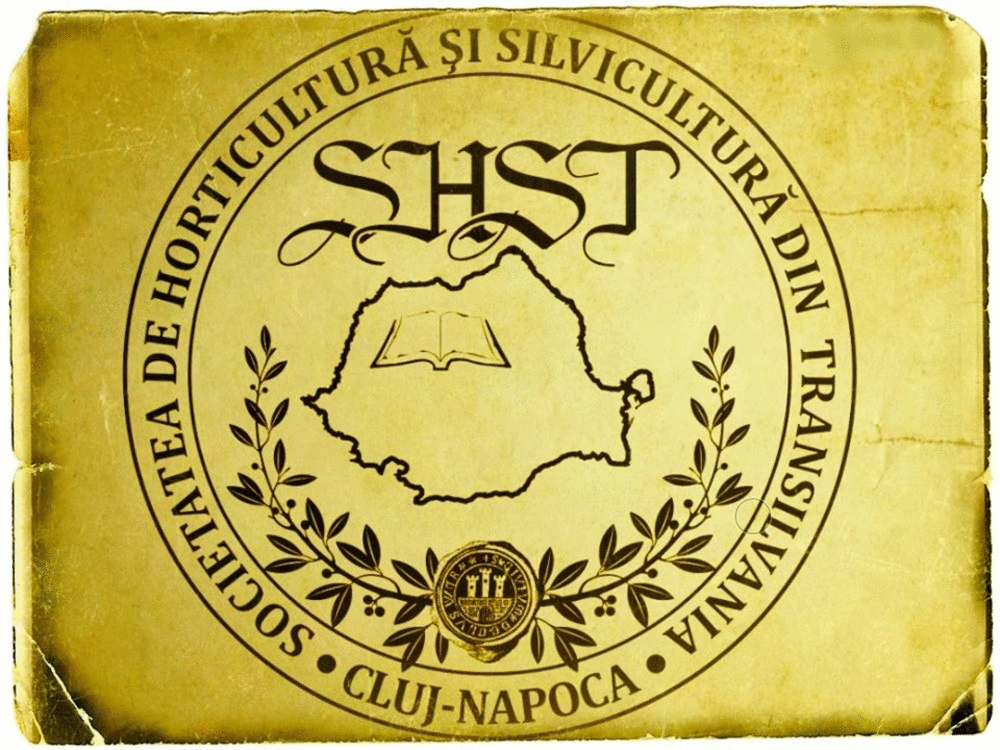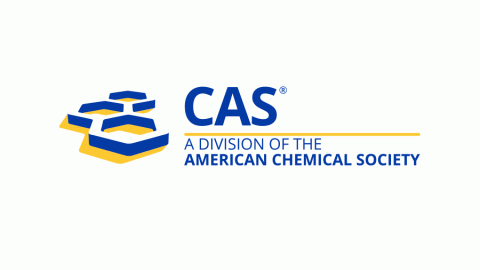Bowman-Birk inhibitor in soybean: Genetic variability in relation to total trypsin inhibitor activity and elimination of Kunitz trypsin inhibitor
DOI:
https://doi.org/10.15835/nsb13110836Keywords:
Bowman-Birk inhibitor; genetic variability; Kunitz trypsin inhibitor; total trypsin inhibitorAbstract
Bowman-Birk inhibitor (BBI) is a soybean seed serine protease inhibitor whose nutraceutical properties far exceed its anti-nutritional property arising from its trypsin and chymotrypsin inhibitor activity. High BBI soybean genotypes are sought for the commercial preparation of this nutraceutical biomolecule while low BBI content in Kunitz trypsin inhibitor (KTI)-free genetic background is desirable in soymeal manufacturing. In the present investigation, monoclonal antibody assay of 95 soybean genotypes revealed 11-fold genetic variation for BBI concentration. The study led to the identification of 3 very high (>20 mg/g defatted soy flour) and 5 very low BBI (< 4 mg/g defatted soy flour) soybean genotypes. Contribution of BBI to total trypsin inhibition activity ranged from 2.2 to 53.5% with average value of 11.6%. Genotypes with varying level of BBI raised consecutively for two years exhibited non-significant (p>0.05) effect of growing year on the trait. BBI content in BC3F2 derived KTI-free lines was at par with the recurrent parent. Low and high BBI content genotypes with diverse genetic background identified in the study may be exploited to develop mapping population to identify genomic regions underlying BBI in soybean.
Metrics
References
AICRPS (2018). Proceeding of 48th annual group meet of the ‘All India Coordinated Research Project on Soybean (AICRPS)’ held from March 15th to March 18th, 2018 at Raipur.
Akbari S, Akrami H, Mostafaei A, Kiani S (2019). Bowman‐Birk inhibitor modifies transcription of autophagy and apoptosis genes in an in vitro model of Alzheimer's disorder. Journal of Cellular Biochemistry 120(7):11150-11157. https://doi.org/10.1002/jcb.28391
Brandon DL, Bates AH, Friedman M (2004). Immunoassays for Bowman‐Birk and Kunitz soybean trypsin inhibitors in infant formula. Journal of Food Science 69(1):11-15. https://doi.org/10.1111/j.1365-2621.2004.tb17849.x
Cascella M, Rajnik M, Cuomo A, Dulebohn SC, Napoli RD (2020). Features, evaluation and treatment of Coronavirus (COVID-19). Statpearl Publishing.
Chen Y, Xu Z, Zhang C, Kong X, Hua Y (2014). Heat induced inactivation mechanism of Kunitz trypsin inhibitor and Bowman-Birk inhibitor in soymilk processing. Food Chemistry 154:108-116. https://doi.org/10.1016/j.foodchem.2013.12.092
Clemente A, Sonnante G, Domoney C (2011). Bowman-Birk inhibitors from legumes and human gastrointestinal health: current status and perspectives. Current Protein and Peptide Science 12(5):358-373. https://doi.org/10.2174/138920311796391133
De Almeida Barros B, da Silva W, Moreira M, de Barros E (2012). In silico characterization and expression analysis of the multigene family encoding the Bowman-Birk protease inhibitor in soybean. Molecular Biology Reports 39(1):327-334.
Deshimaru M, Yoshimi S, Shioi S, Terada S (2004). Multigene family for Bowman-Birk type proteinase inhibitors of wild soja and soybean: the presence of two BBI-A genes and pseudogenes. Bioscience, Biotechnology and Biochemistry 68(6):1279-1286. https://doi.org/10.1271/bbb.68.1279
Dia VP, Gomez T, Vernaza G, Berhow M, Chang YK, Gonzalez de Mejia E (2012). Bowman-Birk and Kunitz protease inhibitors among antinutrients and bio-actives modified by germination and hydrolysis in Brazilian soybean cultivar BRS133. Journal of Agricultural and Food Chemistry 60:7886-7894. https://doi.org/10.1021/jf301926w
Friedman M, Brandon DL, Bates AH, Hymowitz T (1991). Comparison of a commercial soybean cultivar and an isoline lacking the Kunitz trypsin inhibitor: composition, nutritional value, and effects of heating. Journal of Agricultural and Food Chemistry 39(2):327-335. https://doi.org/10.1021/jf00002a022
Gillman J, Kim W, H.B. Krishnan (2015). Identification of a new soybean Kunitz trypsin inhibitor mutation and its effect on Bowman-Birk protease inhibitor content in soybean seed. Journal of Agricultural and Food Chemistry 63(5):1352-1359. https://doi.org/10.1021/jf505220p
Kennedy AR, Szuhaj BF, Newberne PM, Billings PC (1993). Preparation and production of a cancer chemopreventive agent Bowman-Birk inhibitor concentrate. Nutrition and Cancer 19:281-302. https://doi.org/10.1080/01635589309514259
Kennedy AR (1998). The Bowman-Birk inhibitor from soybeans as an anticarcinogenic agent. The American Journal of Clinical Nutrition 68(6):1406S-1412S. https://doi.org/10.1093/ajcn/68.6.1406S
Kennedy AR, Wan XS (2002). Effects of the Bowman‐Birk inhibitor on growth, invasion, and clonogenic survival of human prostate epithelial cells and prostate cancer cells. The Prostate 50(2):125-133. https://doi.org/10.1002/pros.10041
Kumar V, Rani A, Pandey V, Mande P (2006a). Compositional traits of soybean seeds as influenced by planting date in India. Experimental Agriculture 42(1):19-28. https://doi.org/10.1017/S0014479705003042
Kumar V, Rani A, Solanki S, Hussain SM (2006b). Influence of growing environment on the biochemical composition and physical characteristics of soybean seed. Journal of Food Composition and Analysis 19:188-195. https://doi.org/10.1016/j.jfca.2005.06.005
Kumar V, Rani A, Rawal R, Mourya V (2015). Marker assisted accelerated introgression of null allele of Kunitz trypsin inhibitor in soybean. Breeding Science 65(5):447-452. https://doi.org/10.1270/jsbbs.65.447
Kumar V, Rani A, Shuaib M, Mittal P (2018). Comparative assessment of trypsin inhibitor vis-à-vis Kunitz trypsin inhibitor and Bowman-Birk Inhibitor activities in soybean. Food Analytical Methods 11:2431-2437. https://doi.org/10.1007%2Fs12161-018-1227-9
Kumar V, Rani A, Mittal P, Shuaib M (2019). Kunitz trypsin inhibitor in soybean: Contribution to total trypsin inhibitor activity as a function of genotype and fate during processing. Journal of Food Measurement and Characterization 13(2):1593-1590.
Losso JN (2010). The biochemical and functional food properties of Bowman Birk inhibitor. Critical Reviews in Food Science and Nutrition 48(1):94-118. https://doi.org/10.1080/10408390601177589
Ma TC, Zhou RH, Wang X, Li JL, Sang M, Zhou L, Hou W, Ho WZ (2016). Soybean-derived Bowman-Birk Inhibitor (BBI) inhibits HIV replication in macrophages. Scientific Reports 6:34752. https://doi.org/10.1038/srep34752
Odani S, Ikenaka T (1977). Studies on soybean trypsin inhibitors. X. Isolation and partial characterization of four soybean double-headed proteinase inhibitors. The Journal of Biochemistry 82:1513-1522. https://doi.org/10.1093/oxfordjournals.jbchem.a131845
Pauchar-Menacho LM, Berhow MA, Mandarino JMG, de Mejia EG, Chang YK (2010). Optimization of germination time and temperature on the concentration of bioactive compounds in Brazilian soybean cultivar BRS 133 using response surface methodology. Food Chemistry 119:636-642. https://doi.org/10.1016/j.foodchem.2009.07.011
Peric V, Zilic S, Srebric M, Mikic A (2011). Nutritional value of the grain of Kunitz-free soybean cultivars. Biotechnology in Animal Husbandry 27(4):1537-1542. https://doi.org/10.2298/BAH1104537P
Pesic M, Vucelic-Radovic B, Barac M, Stanojevic S, Nedovic V (2007). Influence of different genotypes on trypsin inhibitor levels and activity in soybeans. Sensors 7(1):67-74.
Tan-Wilson AL, Chen JC, Duggan MC, Chapman C, Obach RS, Wilson KA (1987). Soybean Bowman-Birk trypsin isoinhibitors: classification and report of a glycine rich trypsin inhibitor class. Journal of Agriculture and Food Chemistry 35:974-981.
Downloads
Published
How to Cite
Issue
Section
License
Papers published in Notulae Scientia Biologicae are Open-Access, distributed under the terms and conditions of the Creative Commons Attribution License.
© Articles by the authors; licensee SMTCT, Cluj-Napoca, Romania. The journal allows the author(s) to hold the copyright/to retain publishing rights without restriction.
License:
Open Access Journal - the journal offers free, immediate, and unrestricted access to peer-reviewed research and scholarly work, due SMTCT supports to increase the visibility, accessibility and reputation of the researchers, regardless of geography and their budgets. Users are allowed to read, download, copy, distribute, print, search, or link to the full texts of the articles, or use them for any other lawful purpose, without asking prior permission from the publisher or the author.













.png)















